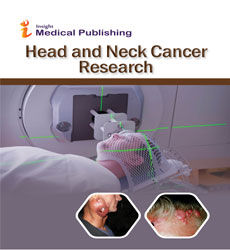Abstract
The role of endoscopic transnasal microwave ablation in otorhinolgic procedures: An alternative to conventional coagulation modalities
Objective: Otorlaryngologist have long employed thermal ablation and coagulation modalities such as, radiofrequency ablation and diathermy cautery to manage soft tissue hypertrophy. Microwave ablation (MWA) has recently become a popular thermal modality for minimally invasive procedures due to faster ablation times, larger ablation volumes, and effectiveness in many tissue types. This study presents a retrospective review of patients undergoing transnasal endoscopic procedures utilizing microwave ablation.
Methods: Retrospective chart review comparing surgical technique and short-term outcomes in patients undergoing endoscopic trannasal microwave ablation at a academic affiliated multi-specialty practice between January 1st 2019 to January 1st 2020.
Results: 12 patients underwent transnasal endoscopic ablation utilizing the NuWave PR microwave ablation probe. 8 patients underwent submucosal turbinate reduction. 2 patients underwent polypectomies, 2 patients underwent adenoidectomies. Mean follow up was 14 weeks.
Conclusion: Endoscopic transnasal procedures utilizing microwave ablation is feasible and offers several advantages over traditional coagulation modalities including speed of procedure, speed of recovery.
Author(s):
Marc Dean
Abstract | PDF
Share this

Google scholar citation report
Citations : 28
Head and Neck Cancer Research received 28 citations as per google scholar report
Abstracted/Indexed in
- Google Scholar
- JournalTOCs
- China National Knowledge Infrastructure (CNKI)
- WorldCat
- Publons
- Secret Search Engine Labs
Open Access Journals
- Aquaculture & Veterinary Science
- Chemistry & Chemical Sciences
- Clinical Sciences
- Engineering
- General Science
- Genetics & Molecular Biology
- Health Care & Nursing
- Immunology & Microbiology
- Materials Science
- Mathematics & Physics
- Medical Sciences
- Neurology & Psychiatry
- Oncology & Cancer Science
- Pharmaceutical Sciences


